Grass is always Greener: Different Types of Grass You Should Consider
Guest Post by Brian Rees of Bradley Mowers
Do you ever drive through a neighborhood and check out all the fellow homeowner’s grass? If a lawn is the perfect color and neatly manicured, you can’t help but take notice.
The Importance of Picking the Right Grass
Grass is divided into three types, cool season, warm season and transitional. The success of your lawn will depend on numerous things. The most important thing is planting the right grass for your area or zone. Those that live in the north need cool season grasses, while those that live in the south need warm season varieties. Those that live in the middle can use a transitional grass. Randomly picking a grass based on its color and promises is not wise. You may be purchasing grass that won’t grow in your climate.
Cool Season Grasses
Cool season grasses are for areas that have cold winters and hot summers. They may experience a great deal of rain. These grasses can go for an extended period of time during drought periods. They do this by going dormant. These grasses include Kentucky Bluegrass, Rough Bluegrass, Perennial and Annual Ryegrass, Bentgrass and Red Fescue.
Transition Zone Grasses
Between the northern and southern turf regions, there is an area known as the “transition zone.” This area is in the lower elevations of North Carolina, Virginia, West Virginia, Kentucky, Missouri, Ohio, Kansas, and Arkansas. In these zones, neither the warm and cool grasses will be successful.
Keep in mind that some of the cool season areas, the Kentucky bluegrass will do well best. In Tennessee, North Carolina, Alabama, and Georgia, the Tall Fescue variety work well. Lower elevations do better with warm season grasses. For those that live in the transition zone, they should use Zoysiagrass, Tall Fescue, Perennial Ryegrass, Thermal Blue, and Kentucky Bluegrass.
Warm Season Grasses
Those that live in the south find that growing and maintaining a lawn is a bit more involved than what it is for northern homeowners. Grass selection is much trickier. There are many turfs that will do well when started from plugs or sod, but they don’t do well started from seed. The key element is the soil.
A low maintenance yard in this region must have good soil. When cold temperatures arrive, almost all warm season grasses will lose their color and turn brown. To prevent having a brown yard, some southerners will add Rye-grass to their existing laws to help keep a green hue during the winter. The technical term for this is called “winter overseeding.” Warm season grass varieties include St. Augustine Grass, Zoysiagrass, Centipede, Carpet Grass, Buffalo Grass, Bermuda Grass, and Bahia.
Lawn Care
Establishing new lawns from seed or sod doesn’t have to be difficult. For the lawn to take root, you need to make sure it has plenty of water. This is especially true in warmer climates where the sun will suck the moisture away.
The new lawn should be watered frequently until it has been cut at least two times. The ideal cutting height for a new lawn is roughly to about 3 inches tall. After those initial growing phases, regular water methods can resume.
Though it takes a little bit of work at first, having a gorgeous lawn isn’t going to happen overnight. It takes patience, dedication, and knowing the right products to help achieve your desired result.
AUTHOR BIO:
Brian Rees is a media relations representative for Bradley Mowers. In his spare time, he enjoys writing, music, and spending time outside.

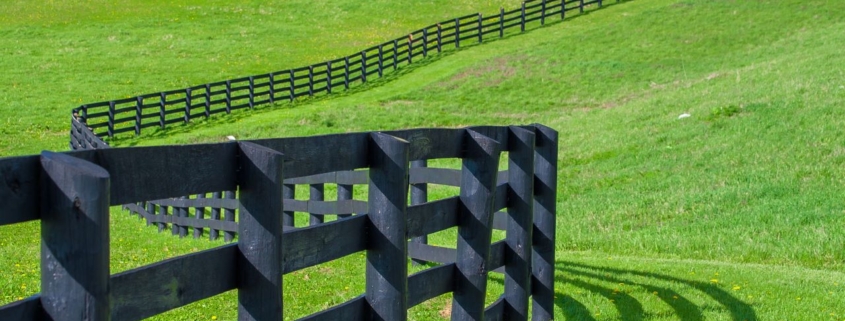
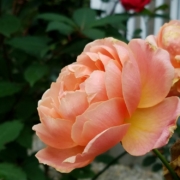

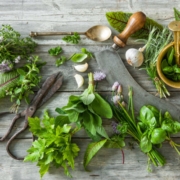
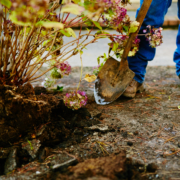
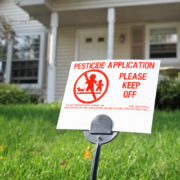
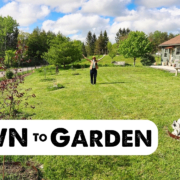

Trackbacks & Pingbacks
[…] groundcovers aren’t just limited to grass. There are plenty of attractive solutions that suppress weeds and add interest to your […]
Comments are closed.